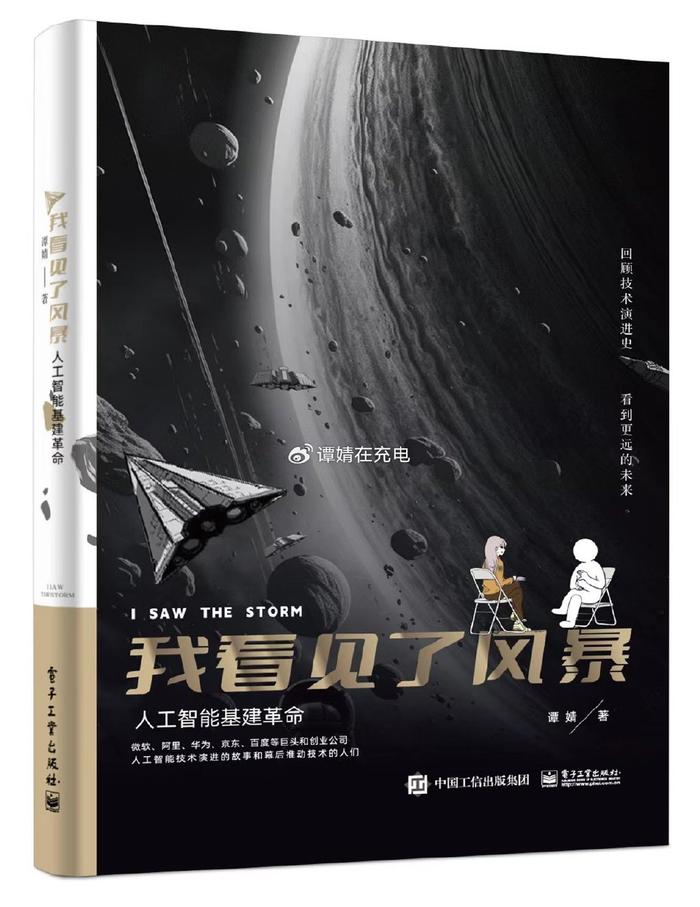
黄仁勋:在这个创业的过程中,有一年,微软推出了名为 Direct3D 的标准。这个标准催生了数百家公司,几年后形势很不利,我们发现自己几乎与所有人竞争。我们发明了 3D 图形技术,即面向消费者的 3D 图形,结果与 Direct3D 不兼容。我们不得不重置公司或破产。但我们不知道如何按照微软定义的方式构建它。
黄仁勋(继续):我记得在一次周末召开的公司会议上,当时的会议内容是:“我们现在有89个竞争对手。我们知道我们现在的做法不对,但我们不知道如何正确地做。”
正在迷茫之际,谢天谢地,我周末带着我的妻子和女儿去了那里一家书店叫 Fry's Electronics(我不知道它是否还在营业),我看到一本书:OpenGL 手册,它定义了 Silicon Graphics 如何做计算机图形。它就在那里,售价约68美元。我有几百美元,所以我买了几本书,带回办公室,说:“伙计们,我找到了我们的未来!”我把三本手册(书中有一页设计得非常漂亮,图中显示了 OpenGL 管道,即计算机图形管道)分发给了和我一起创办公司的同一个天才工程师。我们以前所未有的方式实现了 OpenGL 管道,我们构建了世界上从未见过的东西。
黄仁勋(继续):我们学到了什么呢?这个经历给了我们很大的信心。再难的事情,可能只需要一本教科书就能解决,或者只需要一篇论文就能搞定。所以,我花了很多时间阅读论文,事实确实如此。当然,你不能学习别人做事的方法然后完全照搬来期望得到不同的结果,但你可以学习如何完成某件事,然后回到第一原理,问问自己,给定今天的条件,我的动机,工具,以及你知道的一切变化,我将如何重新做这件事?
如果有需要,我会考虑如何重新发明这个东西?
黄仁勋(继续):如何设计一辆汽车?人们会像从1950年代和1900那个上古年代那样逐步建造它吗?那我将如何制造今天的计算机?将如何编写今天的软件?
黄仁勋(继续):我仍然会经常回到第一原理,即使在公司内部也是如此。因为世界已经发生了变化,我们需要"重置"自己。过去我们编写软件的方式是单 monolithic 的,专为超级计算机设计。现在,软件是分解的(disaggregated,分解成更小的独立组件)。因此,我们思考软件、计算机以及所有事物的思维方式都需要根据第一原理不断适应,这创造了很多机会。
这里的第一个背景知识是:OpenGL
Silicon Graphics 公司是 OpenGL API 的最初开发商。该公司在开发 OpenGL API 时,将其自身在计算机图形处理方面的经验和知识融入其中。
因此,OpenGL 手册可以被视为 Silicon Graphics 公司在计算机图形处理方面的技术文档。OpenGL API 具有跨平台特性,支持 Windows、Linux、Mac OS 等操作系统,并被广泛应用于游戏、虚拟现实、科学可视化等领域。
Direct3D 是微软公司开发的一套用于创建 3D 图形和应用程序的编程接口。它于1995年首次发布,是 DirectX 套件的一部分。Direct3D 仅支持 Windows 操作系统,并在游戏开发领域占据主导地位。Silicon Graphics 公司和 OpenGL API 是 3D 图形技术发展的先驱。OpenGL API 的发布,为 3D 图形应用程序的开发提供了一个开放、跨平台的标准。微软推出的 Direct3D 标准,在一定程度上借鉴了 OpenGL API 的设计。
Direct3D 的推出,为 Windows 平台的游戏开发提供了强大的支持,并催生了数百家游戏开发公司。OpenGL API 和 Direct3D 是 3D 图形开发领域的两大主流 API。黄仁勋团在3D图形开发的市场中,选择了OpenGL战队,如果没有OpenGL,市场就被微软垄断了,也就是会逼着黄仁勋团队无路可走。
这里第二个背景知识是:monolithic
monolithic的意思是整体的、单片的、不可分割的。
它通常用于描述由单个部分或组件组成的系统或结构,这些部分或组件紧密结合在一起,无法独立运作。
在该对话中,monolithic 一词被用来描述传统的软件架构,这种架构将所有功能都集成在一个大型应用程序中。
这种架构的特点是:
1.难以扩展和维护;2.缺乏灵活性和敏捷性;3.难以适应新的需求和变化;
与之相对的是disaggregated(分解的)软件架构,这种架构将软件功能分解成多个独立的组件,这些组件可以相互通信和协作。
在对话中提到,传统的 monolithic 软件架构已经过时,无法满足现代计算的需求。他认为,未来的软件架构应该是 disaggregated 的,以便能够充分利用现代硬件和技术的优势。

黄仁勋: So, we were going strong, and then Microsoft introduced a standard called Direct3D. This spawned hundreds of companies, and a couple of years later, we found ourselves competing with just about everyone. The technology we invented, 3D graphics for consumers, turned out to be incompatible with Direct3D. So, here we were, a company built on this million-dollar technology trying to make it consumer-friendly, and all of a sudden, it became incompatible. We had to reset the company or go out of business. But we didn't know how to build it the way Microsoft had defined it.
黄仁勋: I remember a meeting on a weekend where the conversation was, "We now have 89 competitors. We understand that the way we do it is not right, but we don't know how to do it the right way." Thankfully, there was another bookstore called Fry's Electronics (I don't know if it's still around). So, I drove my wife and daughter there on a weekend, and there it was – the OpenGL manual, which defined how Silicon Graphics did computer graphics. It was right there, like $68 a book. I had a couple hundred dollars, so I bought three books, took them back to the office, and said, "Guys, I found our future!" I handed out the three manuals (which had a nice centerfold showing the OpenGL pipeline, the computer graphics pipeline) to the same genius engineers I founded the company with. We implemented the OpenGL pipeline like nobody had ever done before, and we built something the world had never seen.
黄仁勋: There are a lot of lessons in that moment for our company. It gave us so much confidence. It showed that you can succeed in doing something inventing a future even if you were not informed about it at all and is kind of the my attitude about everything now.
黄仁勋: You know how hard it can be to solve a problem? Sometimes the answer is probably just in a textbook or a research paper. So, I spent a lot of time reading research papers. It's true that you can't learn exactly how someone else did something and expect a different outcome by copying them. But you can learn how something is done and then go back to first principles. Ask yourself: given today's conditions, my motivation, the available tools, and how things have changed, how would I redo this? How would I reinvent the whole thing?
For example, would I build a car today by incrementally improving on designs from the 1900s? How would I build a computer today? How would I write software today? Does that make sense?
黄仁勋: I still go back to first principles all the time, even within the company today. We need to reset ourselves because the world has changed. The way we wrote software in the past was monolithic and designed for supercomputers. Now, software is disaggregated (broken down into smaller, independent components). So, how we think about software, computers, and everything needs to constantly adapt based on first principles, which creates a lot of opportunities.



4000520066 欢迎批评指正
All Rights Reserved 新浪公司 版权所有

